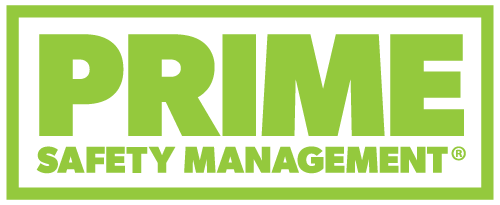
Policy Development
To succeed, a safety policy requires both a commitment and endorsement from management and buy-in from the employees.
Generally we include three sections in a safety policy, which are:
• Statement of the policy – The employer’s commitment to managing health and safety and the goal of the policy
• Responsibility – Stating who is responsible for implementing, enacting, and tracking each element of the policy
• Arrangements of procedures – Outlines the details of procedures including the reduction of hazard policy
It may also include details about the following:
- Employee training
- Use of administrative controls, hazard isolation, locking, warnings, signs and symbols marking hazards, etc.
- Use of personal protective equipment (PPE)
- Removing hazardous materials or replacing them with less harmful alternatives
- Improved lighting and working environment
- Prevention of slip, trip, and fall incidents
